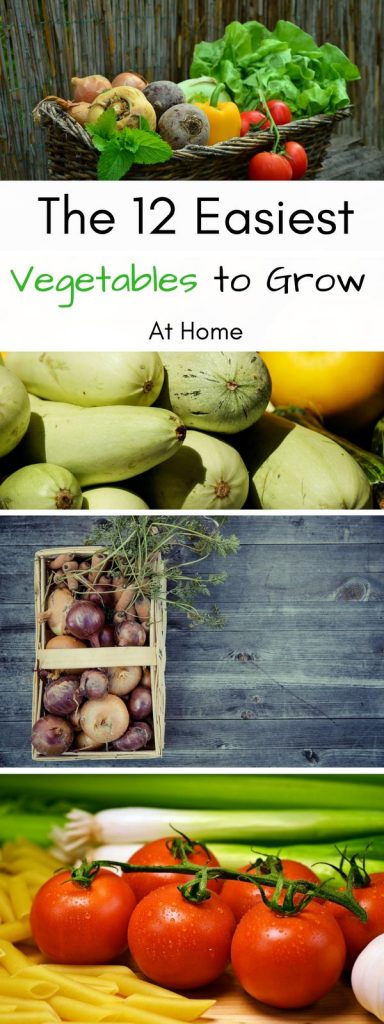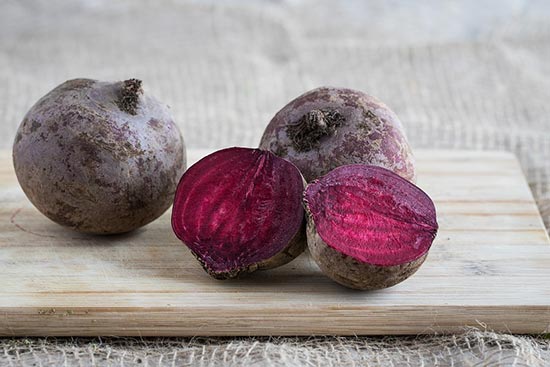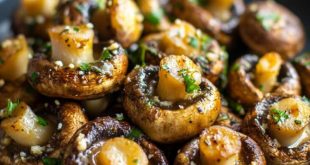The 12 Easiest Vegetables To Grow At Home

#6. Peppers
Peppers contain nutrients like thiamin and manganese. Peppers can be stuffed with meat and rice or used in salsa and pasta, and raw in salads. Till the soil with compost and Epsom salts, this will make it rich in magnesium to help the peppers develop healthily. Peppers can be produced outside in growing bags, large pots etc. Since they grow best in warm soil, sow the seeds a foot or more apart in raised beds or containers. Water them frequently, keeping the soil moist, or they may taste bitter once harvested.
#7. Lettuce/ Baby Greens
Lettuce is one of the easiest vegetables to grow; you just have to plant the seeds, water and watch how fast it grows. Lettuce is a good source of folic acid and vitamin A, used as the main ingredient mostly in salads, but also can be stuffed with various ingredients to make a lettuce wrap or top sandwiches, hamburgers and tacos. When cultivating the soil with nutrient-rich compost, break up any chunks and remove debris. Make sure that seeds are planted between 8 and 16 inches apart and water them every morning. Avoid doing so at night because this could cause disease. Loose-leaf varieties are ready to start cutting about seven weeks after sowing.
Baby greens are simply greens that are harvested while they are still young and tender. They are true instant gratification vegetables – you’ll be harvesting your first salad in under a month! Sprinkle the seeds as thinly as possible across the soil in a 2- to 3-inch wide band. Space rows of baby greens 6 to 8 inches apart. Or plant baby greens in a pot, and cut your salad fresh every night!
#8. Onion
Rich in dietary fiber, folate and vitamin C, onion need little care – just give them plenty of water. Plow the soil a foot deep and get rid of debris. The easiest way to grow onions is from sets which are small onions. Plant sets so that the tip is showing about 5in (13cm) apart in rows 12in (30cm) apart. Or, plant the seeds a couple centimeters deep and several inches apart. Weed this area frequently but gently and provide them with about an inch of water every week.
#9. Beets
Beets (beetroots) can be peeled, steamed, and then eaten warm with butter; cooked, pickled, and then eaten cold as a condiment; or peeled, shredded raw, and then eaten as a salad.. Betanin, one of the primary nutrients in this deep red or purple vegetable, can help lower blood pressure. Clean and strengthen the seeds by soaking them in water at room temperature for a day. Plow the soil and remove any stones from the top 3 feet. Plant each seed 2in (5cm) apart, thin out to 4in (10cm) apart and water them at least once every day.

#10. Broccoli
For the most part doesn’t need a lot of special care, broccoli is easily grown vegetable that gives the best return for the space it occupies and is cropped when other green vegetables are in short supply. One row of 15ft (4.5m) will accommodate six plants to give self-sufficiency for a family of four. Sow broccoli seed in spring in a seed bed ½in (1.25cm) deep and transplant when the seedlings are about 4in (10cm) tall 2ft (60cm) apart each way.
#11. Tomatoes
There are many benefits to growing tomatoes – they’re tasty, they9re good for you, and the dollar value of the yield can be very significant. Tomatoes are rich in nutrients like niacin, potassium and phosphorous, antioxidants like lycopene, anthocyanin and carotene, and vitamins A, C and E.
Sow the seed just below the surface in a tray of peat-based compost. When the seedlings have made two pairs of true leaves prick them out into 3in (7.5cm) pots and place them in a light, warm place indoors (like windowsill). After the last danger of frost has passed, pick a spot in your garden that receives at least 6-8 hours of sunlight and test the soil’s pH level – it needs to be between 6 and 7. (To decrease pH level add sulfur, to increase it add lime). Spread compost over this area and mix it with the soil. After hardening off, set tomato plants 2ft (60cm) apart in rows 3ft (90cm) apart, bush plants 3ft (90cm) apart. Water them a couple times per week.
Tomatoes do need a little more attention then the other vegetables on the list. However, for the little bit attention that tomatoes do need, you get an incredible reward in the large amount of fruit that they produce. To help you get started, here is a complete guide to growing tomatoes
#12. Herbs
There are many herbs including thyme, rosemary, basil, mint, sage, chives, parsley and oregano that need very little attention and can be grown successfully in containers on a patio, balcony or terrace. Purchase some of your favorite small herb plants from your local nursery and get a container that is at least 6-12 inches deep. You can plant multiple herbs in a wide or long container or use at least a 6″ pot for individual plants and you will enjoy not only their fragrance and beauty but also their culinary benefits. Water sparingly because herbs don’t like to sit in wet soil.
If you are a first time gardener, start slow with any of the vegetables I’ve mentioned. Soon, you will gain confidence and have a beautiful organic vegetable garden!
Thanks for checking out our “The 12 Easiest Vegetables to Grow in Home Gardens Or Containers For First Time Gardeners” article. If you found this article interesting please consider sharing it on Facebook and Pinning it on your Pinterest boards, this will help spread the word and help hundreds of people see this info too. Also let me know in the comments below if you would like to add any more info to this article…
 Home and Gardening Ideas At home and Gardening ideas we believe inspiring readers about homesteading, self sufficiency
Home and Gardening Ideas At home and Gardening ideas we believe inspiring readers about homesteading, self sufficiency






One comment
Pingback: The 12 Easiest Vegetables To Grow At Home